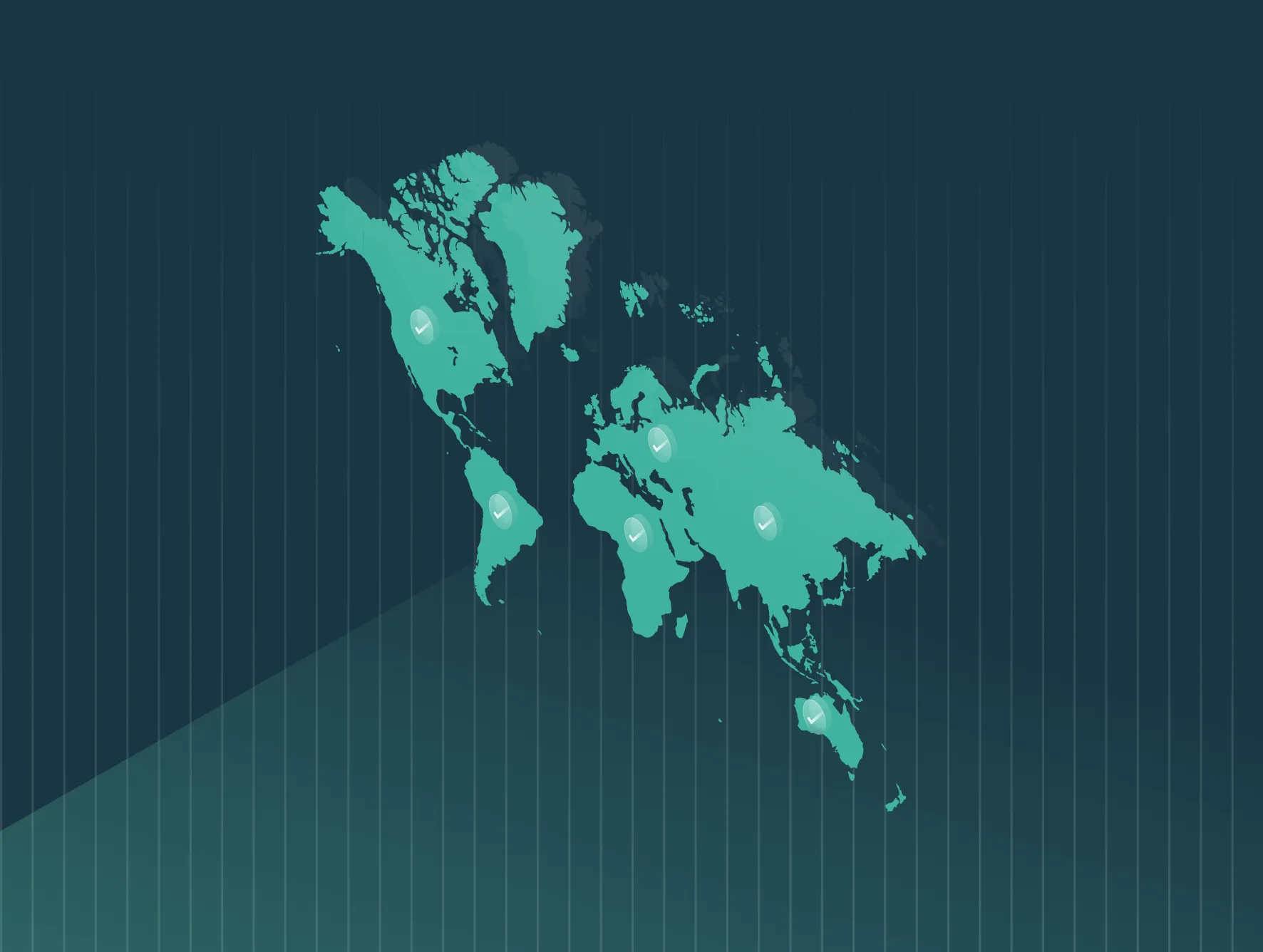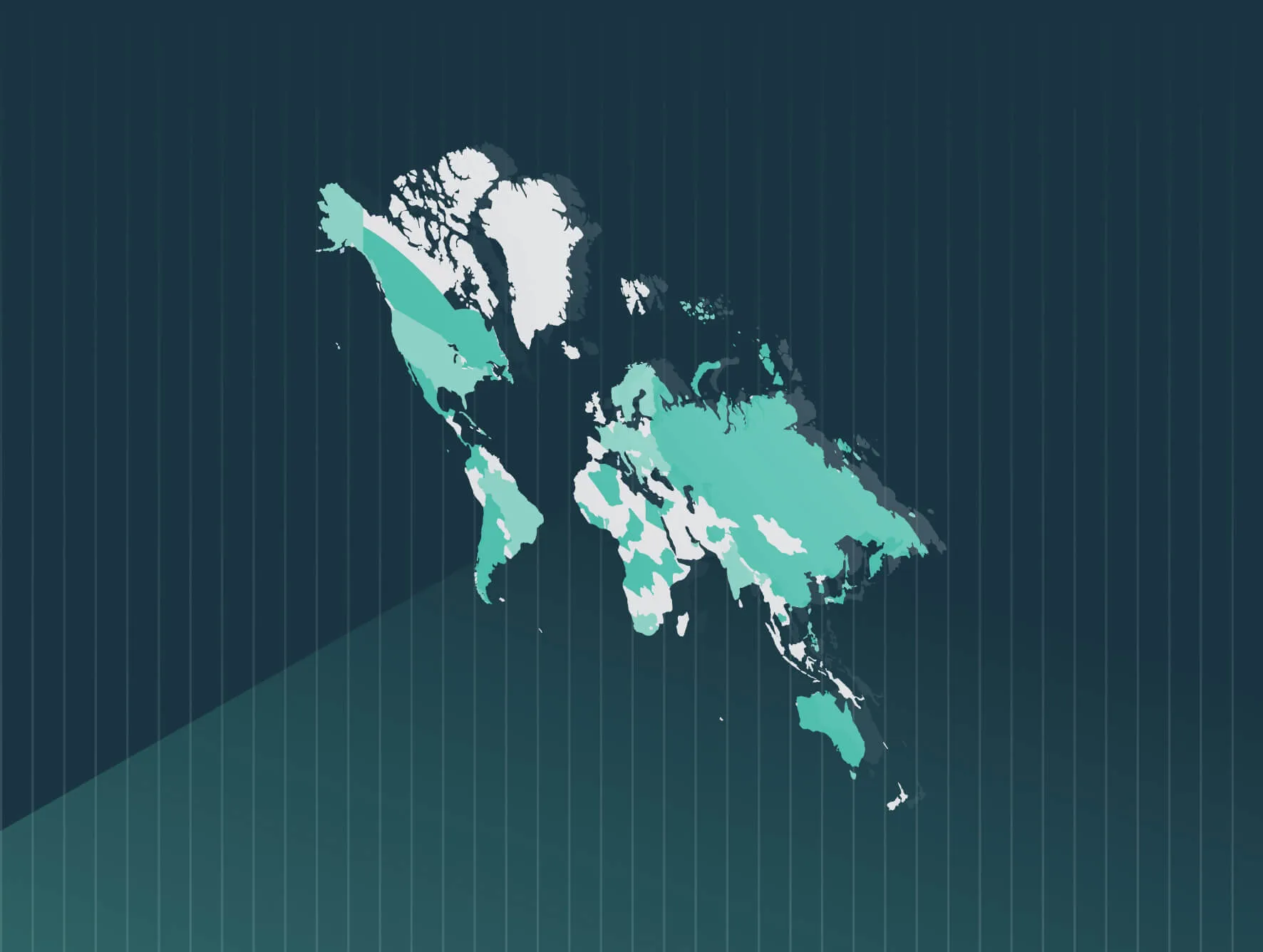Introduction
All employers in Switzerland are required to pay their employees equally for work of equal value under the Federal Constitution (Article 8) and the Federal Act on Gender Equality (Gender Equality Act, GEA).
Since 1981, the Federal Constitution has guaranteed equal rights for women and men. Introduced in 1996, the Gender Equality Act prohibits gender discrimination in the workplace.
Effective July 1, 2020, the GEA was amended, requiring public and private organizations with 100 or more employees to carry out an equal pay analysis. Additional obligations are in place for publicly traded companies. Legal requirements are in force on a time-limited basis of 12 years (i.e., until June 30, 2032).
The Swiss confederation is committed to achieving equal pay, however, women in Switzerland earn 18% less than men.
Switzerland reporting requirements
Who needs to report?
Public and private employers with 100 or more employees are required to comply with Switzerland’s Gender Equality Act. The number applies to all salaried employees. Apprentices are excluded. Employers that are already subject to an equal pay analysis in a public procurement or subsidy procedure are exempt from this requirement, or if that employer was previously subject to such a requirement, provided that the reference month is no more than four years ago. After reporting once, employers that meet pay equity requirements are exempt from further analysis requirements.
What to report?
Applicable employers are required to carry out an equal pay analysis which must be submitted for independent verification by an authorized Swiss body.
Equal pay analysis: The Swiss government provides a free online tool, Logib, for the purpose of the analysis. Logib guides employers to input employee-level data and consider certain wage-influencing factors, such as age, education, training, years of service, job function, and typical weekly working hours in their analysis. Organizations that do not use Logib must provide proof of the scientific and legal conformity of their chosen method.
Independent verification: Audits can be carried out by either an accredited auditor, by an employee representative body constituted in accordance with the Participation Act, or by an employee rights organization that has been in existence for at least two years. All auditors must have received appropriate training from the Swiss government.
Where and when to report?
Regulatory filing
Publicly listed companies in Switzerland are required to publish the results of their pay equity analyses in the annex to their annual financial reports. Public sector employers must publish the individual results of the equal pay analysis and the audit.
Internal disclosure
Employers are required to provide their employees and shareholders with the results of their equal pay analysis and audit in writing within one year of its conclusion. For the first round of employer analyses, this communication had to take place by June 30, 2023 .
Deadlines and cadence
The equal pay analysis is to be repeated every four years if pay disparities are indicated in the initial audit. Once equal pay is achieved, employers are exempt from carrying out a further analysis.
If the number of employees falls below 100 during this period, employers must repeat the analysis if they reach 100 employees again.
In principle, employers can be required to carry out an equal pay analysis until June 30, 2032, if the threshold of 100 employees is reached at the beginning of a year and they are not exempt.
Public sector and state-associated organizations can sign up to the Charter for equal pay in the public sector and voluntarily carry out regular pay equity analyses to demonstrate their commitment to promoting gender equality.
Switzerland pay transparency requirements
There are currently no legal requirements for pay transparency in Switzerland.
Employment equity standards
Switzerland’s Federal Constitution (Article 8) prohibits all forms of discrimination and enshrines equal rights between men and women, specifically within the family, education, and the workplace. Men and women have the right to equal pay for work of equal value under the law.
Article 3 of the Gender Equality Act prohibits discrimination on the basis of gender, in particular on grounds of marital status, family situation, or pregnancy. The law extends to hiring, allocation of duties, working conditions, pay, basic and continuing education and training, promotion, and dismissal.
The risks of non-compliance
There are no financial sanctions specified in the Gender Equality Act for non-compliance. However, Article 12 of Switzerland’s Federal Act on Public Procurement requires companies bidding for tenders to comply with equal pay laws.
Employees who allege a breach of equal pay legislation against their employers are permitted to use the results of the equal pay analysis as evidence in support of their claim.
Equal pay analysis reporting is overseen by The Federal Council.
How can Trusaic assist with Switzerland equal pay analysis compliance?
1. Comply – Use Trusaic’s RAPTR solution to complete required reporting by compliance deadlines:
Applicability determination: Perform an accurate assessment of your applicability, according to jurisdictional specific definitions and regulatory frameworks so you can understand your reporting obligations across the globe.
Deadline management: Prepare ahead of time with project timelines, timely notifications, and reminders, to keep you on track to meeting jurisdictional deadlines.
Expert legal guidance and support: Benefit from the expertise of our trusted pay equity attorneys, so you understand your compliance requirements across a diverse global regulatory landscape. Receive world-class customer support, including assistance throughout the compliance process.
Streamlined data extraction: Collect the necessary data for analysis and submission with a simple click of a button; powered by certified data integrations with the world’s largest HCM, HR and Payroll platforms, including Workday, SAP, UKG and ADP. Provide data through Trusaic’s Pay Equity platform, a SOC 2 Type II and GDPR-compliant tool for data transmission.
Data quality assurance: Trusaic performs data validations to ensure your collected data and information aligns with the standards and definitions provided by each jurisdiction.
Compliant report outputs: Take away the burden of reporting by effortlessly generating outputs containing necessary compliance information.
Reporting checklist: Follow step-by-step guidance on where, when and how to report to any jurisdiction’s regulatory body, as well as your required internal disclosure and public posting obligations.
2. Correct – Use PayParity® to understand, explain and resolve pay disparities:
Risk assessments: Stay aware of any potential exposure to any government audit or litigation. Our cross-functional team of data scientists, statisticians, and government regulatory compliance experts have rigorously worked to reverse-engineer the calculations that will be used by jurisdictions to estimate pay disparities, so you can prepare in advance.
Understand your pay gaps: Leverage Trusaic’s pay equity software solution to explain your pay gaps so you can understand the root causes and safeguard from equal pay claims and legal action.
Resolve pay disparities: Make pay adjustments where applicable so you can eliminate pay disparities and show improvements in your reported pay gaps from one year to the next.
3. Communicate – Use Trusaic’s Pay Equity Solutions to communicate narratives and share salary ranges with confidence:
Pay equity narrative: Communicate the sources of your pay gaps, progress objectives, and corrective measures to employees and internal stakeholders with Trusaic’s TrueTransparency™. Show data-backed progress in your pay gaps over time.
Salary range explainability: Use Salary Range Finder® to establish and post competitive and equitable pay ranges to confidently comply with pay transparency laws.
Mitigate risk of recurrent pay disparities: Ensure new hires receive unbiased pay offers with the use of external labor market data and internal pay equity analytics to reduce unplanned and expensive pay remediations.
The EU Directive
Switzerland is part of the single market but not an EU or EEA member. Swiss organizations with operations in EU member states will be required to comply with gender pay gap reporting in those countries.
Trusaic is GDPR compliant and can assist any organization in any EU state in meeting its obligations under both the EU Corporate Sustainability Reporting Directive and the EU Pay Transparency Directive.







